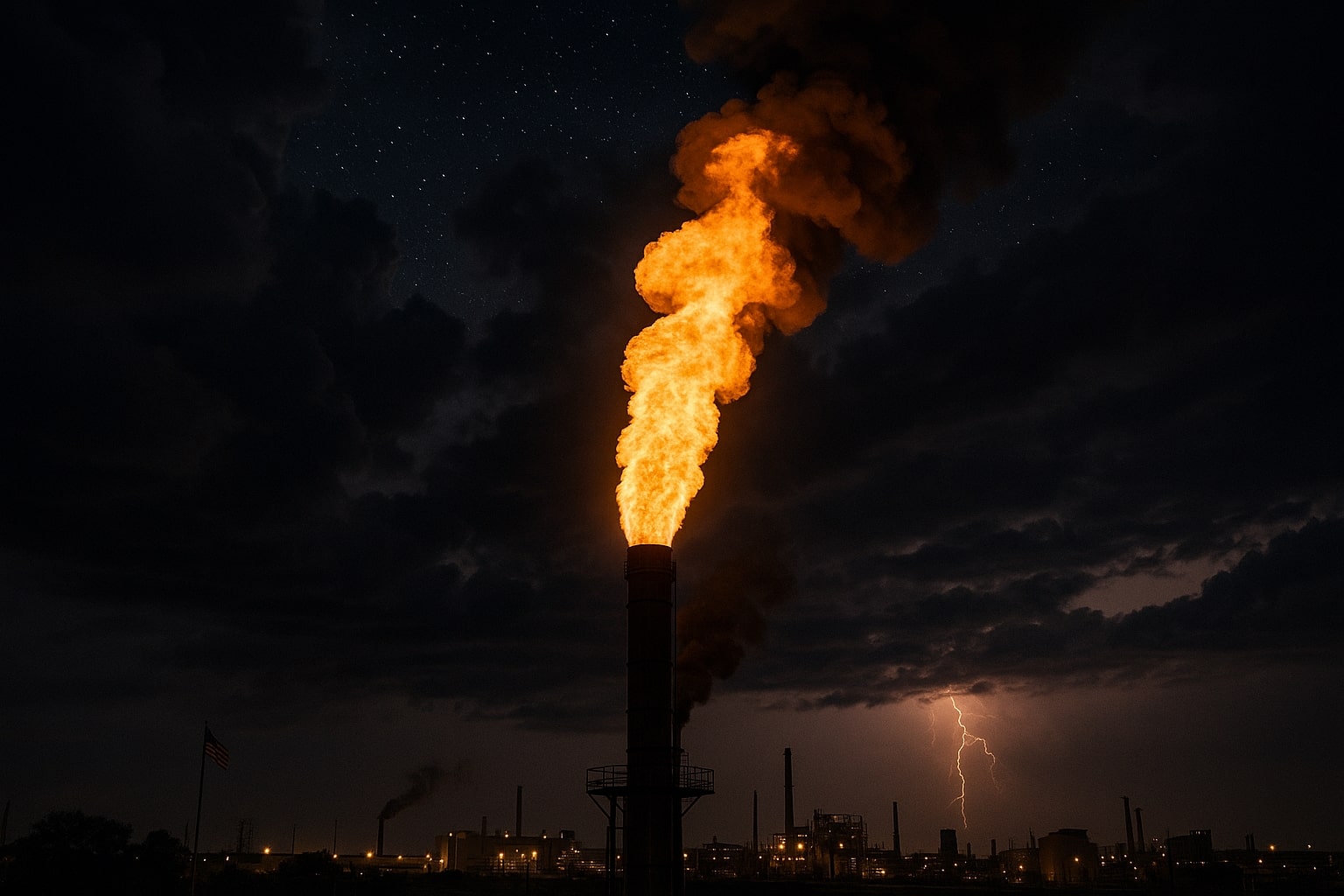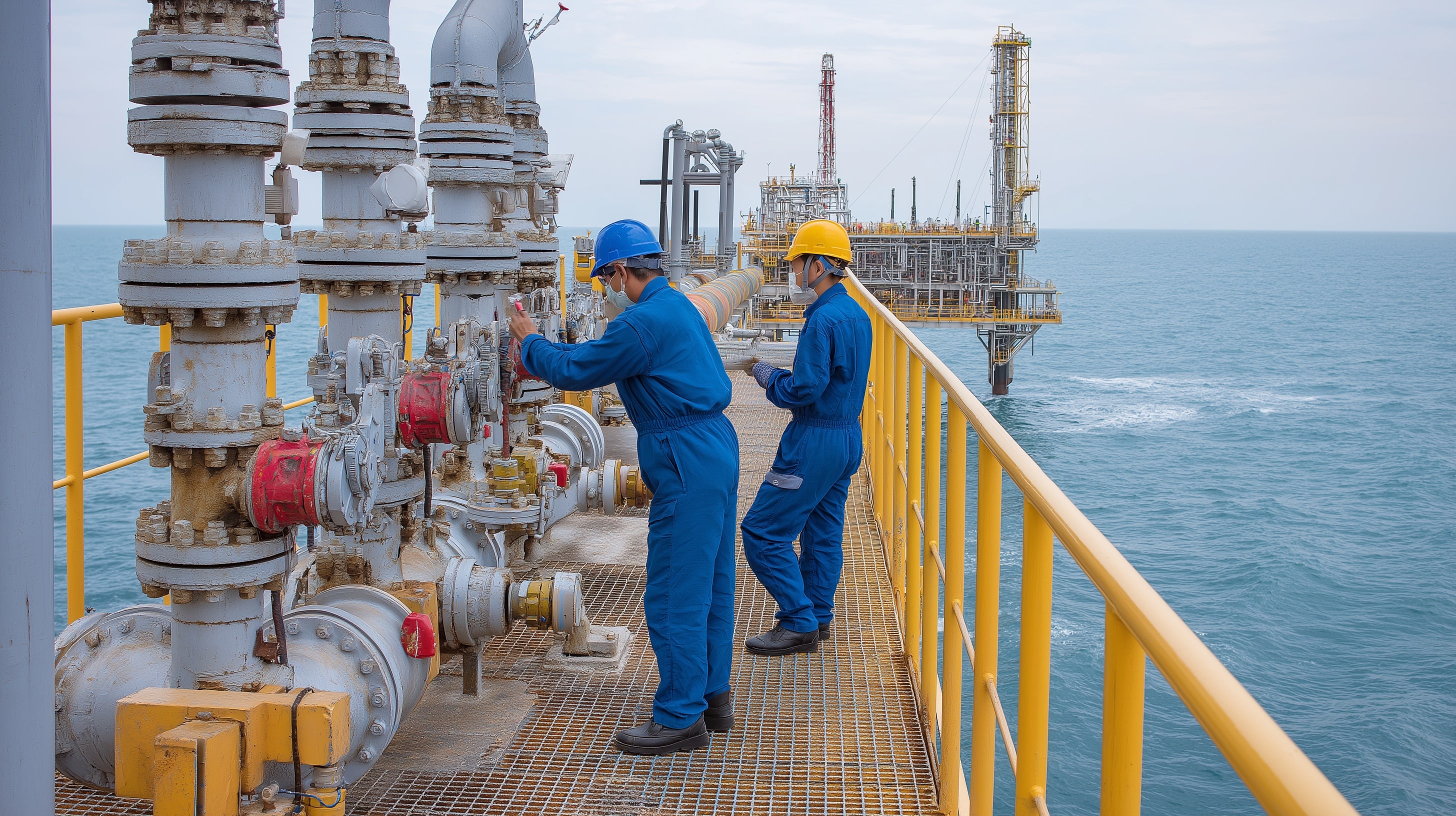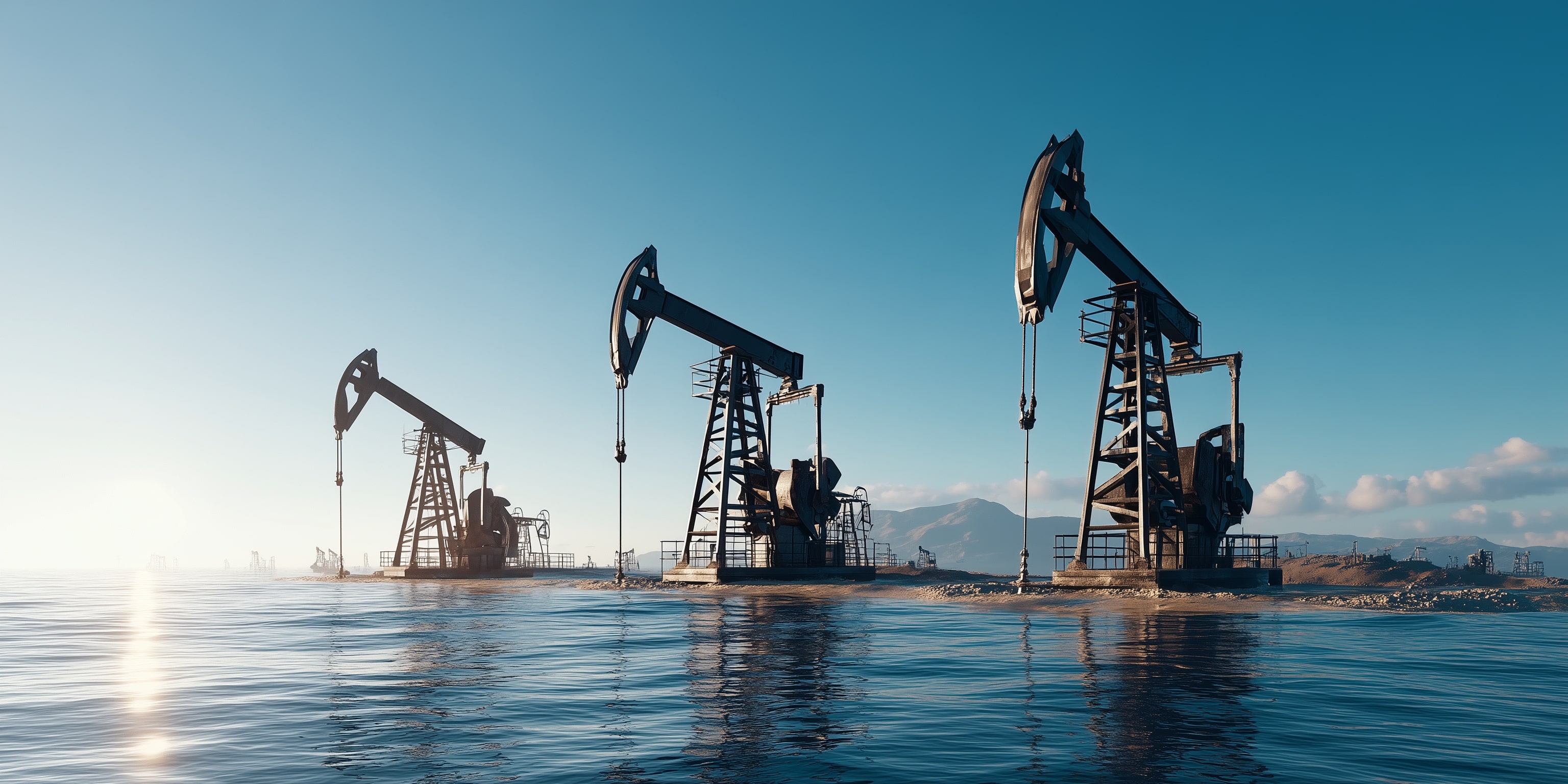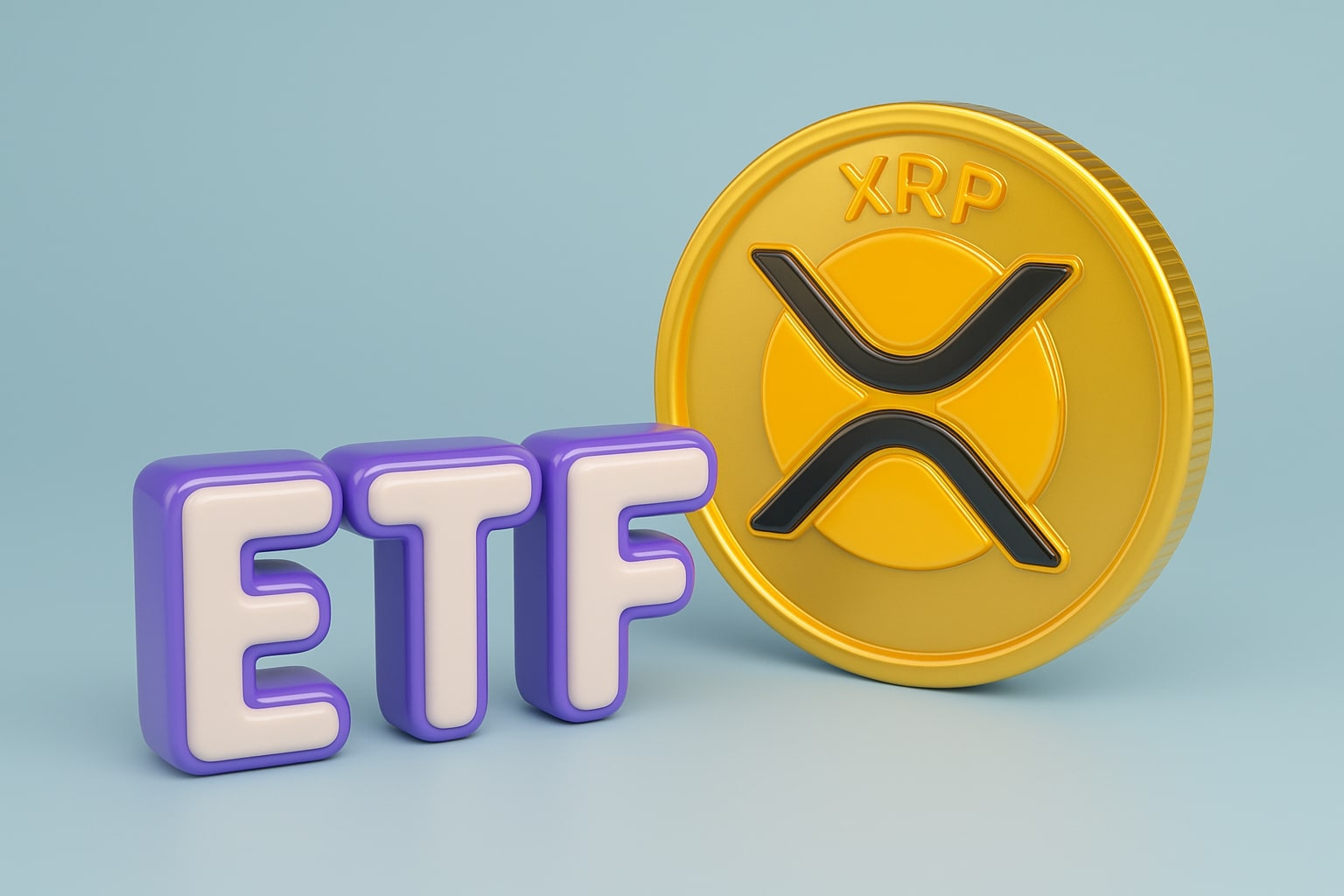
Natural Gas Price - Nears $3.60 as EIA Sees 2026 Price Growth, Brazil Tariffs Stir Global Risk
NG=F rebounds from $3.15 lows to $3.58 amid bullish U.S. forecasts, strong LNG exports, and rising European demand. With RSI at 57.2 and storage at 3.38 tcf, analysts warn volatility could spike as colder weather and Brazil’s 20% transport rate hike reshape the global gas balance | That's TradingNEWS
Natural Gas (NG=F) Climbs Toward $3.60 as EIA Forecasts Gradual 2026 Recovery and Europe Eyes Supply Tightness
The U.S. natural gas market (NG=F) is regaining momentum ahead of the heating season, trading near $3.58 per MMBtu after rebounding from a mid-September low around $3.15. The rally comes as the U.S. Energy Information Administration (EIA) projects a gradual rise in prices through early 2026, supported by colder weather expectations and rising power-sector demand. Despite record production levels and robust storage, the EIA expects Henry Hub spot prices to average $3.35 in 2025, rising to $3.64 in 2026, up from $2.70 in 2024. The move reflects a rebalancing of global LNG flows, a steady increase in export demand, and Europe’s renewed dependence on U.S. gas amid Russian supply disruptions.
EIA Lifts 2026 Price Outlook Despite Output Surge
The latest EIA Short-Term Energy Outlook shows U.S. natural gas production climbing to 104.2 billion cubic feet per day (bcf/d) by mid-2026 — the highest in history — but even this surge is unlikely to cap prices completely. Demand from LNG export terminals such as Freeport and Sabine Pass, combined with growing consumption from data centers and industrial users, is expected to absorb much of the new supply. While the agency trimmed its previous 2026 forecast by $0.06/MMBtu due to higher-than-expected output, it still projects a 9% increase in prices from current levels.
Storage inventories stand at 3.38 trillion cubic feet (tcf), around 5% above the five-year average, but analysts note that drawdowns could accelerate once winter arrives. The EIA estimates total consumption at 93.6 bcf/d in Q1 2026, led by residential and commercial heating demand, while exports are projected to exceed 13.4 bcf/d by early next year.
Technical Signals Point to Strength Above $3.50 with Potential Breakout to $4.00
From a technical standpoint, natural gas futures show improving structure. The commodity has now bounced from the 200-day EMA near $3.24, a critical support level that has held multiple retests. The Relative Strength Index (RSI) currently reads 57.2, indicating renewed buying momentum but not yet signaling overbought conditions.
FXEmpire’s technical outlook highlights that the short-term trend remains bullish while volatility stays elevated. Analyst Christopher Lewis emphasizes that breaking above the $3.60 threshold could open room toward $4.00, a level corresponding to August’s resistance zone. Short-term pullbacks toward $3.24–$3.30 are viewed as buying opportunities, especially with colder temperature models emerging across the U.S. Midwest and Northeast. The $4.00 level also represents a major psychological pivot — a price ceiling not sustained since late 2023 — and crossing it would indicate the start of a sustained winter rally.
Europe’s Tight Balances Reinforce Global LNG Price Floor
European natural gas futures (Dutch TTF) briefly touched a one-month high at €36.12/MWh on Wednesday before easing slightly amid volatile trading. The rally was triggered by new reports of Norwegian maintenance delays and ongoing concerns over Ukrainian transit routes, both of which threaten winter supply continuity. Analysts expect Europe’s LNG imports from the U.S. to remain strong, sustaining transatlantic demand for Henry Hub-linked cargoes.
In the U.K., Day-Ahead NBP prices climbed 2.8%, reflecting market sensitivity to short-term weather shifts. Traders expect that any significant cold spell in Northern Europe could quickly tighten balances again, pushing TTF prices back toward €40–€42/MWh — levels that would further lift U.S. LNG export margins and, by extension, support Henry Hub prices near or above $3.80.
Geopolitical Layer: Ukraine Freezes Household Tariffs, But Industrial Pressures Persist
In a move designed to shield households from inflation, Ukrainian President Volodymyr Zelenskyy announced that natural gas tariffs for domestic consumers will remain fixed through the upcoming winter. While this policy secures affordability at home, it underscores the ongoing fragility of Europe’s gas logistics as Ukraine remains a vital transit corridor for Russian gas bound to the EU. The fixed tariff also implies that industrial consumers may face tighter margins, forcing regional distributors to absorb costs or rely more heavily on LNG imports.
Analysts warn that the combination of geopolitical strain and infrastructure vulnerability could generate seasonal volatility spikes across both European and U.S. gas hubs. The risk premium embedded in forward contracts has widened to 12% compared with last year’s average, reflecting the market’s sensitivity to any pipeline disruptions or storage shortfalls.
Read More
-
PFFA ETF Nears $21.50 as Rate Cuts and 9.49% Yield Spark Renewed Demand
29.11.2025 · TradingNEWS ArchiveStocks
-
XRPI and XRPR ETFs Ignite Ripple’s Institutional Rally as Inflows Near $1B and XRP Holds $2.20
29.11.2025 · TradingNEWS ArchiveCrypto
-
Natural Gas Price Forecast - NG=F Blasts to $4.85 as Demand Surge Fuel Multi-Month Breakout
29.11.2025 · TradingNEWS ArchiveCommodities
-
USD/JPY Price Forecast - Yen to Dollar Slides to 156.10 as Yen Strengthens on Fed Cut Expectations
29.11.2025 · TradingNEWS ArchiveForex
Brazil Faces 20% Tariff Pressure After ANP Pipeline Rate Review
In Latin America, Brazil’s natural gas sector is facing new price risks following a rate review by the national oil and gas regulator ANP. The agency’s proposed recalibration of transportation tariffs could raise total pipeline costs by over 20%, translating to a R$8.8 billion (US$1.64 billion) impact on Nova Transportadora do Sudeste (NTS) assets and R$9.6 billion on Transportadora Associada de Gás (TAG).
If implemented, this adjustment could add significant upward pressure to domestic gas prices, which already reflect high logistics and import costs. Industry associations warn that an excessive rate hike may curb industrial demand and complicate energy affordability. However, a steep reduction could disincentivize future pipeline investments. The Gas Forum has urged regulators to reopen consultations, calling for greater transparency in the review process and warning of potential imbalances during the 2026–2030 regulatory cycle.
Brazil’s situation adds a unique dimension to the global gas narrative: while the U.S. and Europe prepare for price rebounds, emerging markets in South America are grappling with regulatory-induced volatility that could alter LNG import patterns.
Supply Growth Anchored by U.S. Shale and Global LNG Expansion
Global LNG supply continues to grow, led by U.S. terminals and new export projects in Qatar and Mozambique. U.S. LNG output is projected to rise 11% year-over-year, making it the world’s largest exporter for the second consecutive year. In the Permian Basin, gas production is nearing 24 bcf/d, a 7% increase from 2024, though analysts warn of potential bottlenecks without new export or pipeline capacity.
The EIA estimates total global gas consumption at 403 billion cubic feet per day by 2026, up from 387 bcf/d in 2024, driven primarily by Asia’s demand recovery. However, Asia’s spot LNG prices have remained relatively subdued, trading between $11.40–$12.10/MMBtu, as robust storage in Japan and South Korea offsets immediate buying urgency.
Short-Term Risk Factors and Weather Models
Short-term weather models from NOAA indicate below-average temperatures for the central U.S. starting mid-October, a pattern that historically adds 0.2–0.3 bcf/d in residential heating demand per degree variance. This could tighten domestic balances faster than anticipated. Meanwhile, power-sector demand is expected to remain high due to delayed renewable integration and rising data center load — particularly across Texas and the Southeast — which could lift gas-fired generation during off-peak winter hours.
On the risk side, higher production from Appalachia and Haynesville may temporarily weigh on prices if storage withdrawals lag expectations. Any mild weather during December could cause temporary dips back toward the $3.20 zone, though such pullbacks would likely attract buying interest given fundamental tightness ahead of 2026.
Market Psychology: Volatility as a Feature, Not a Flaw
Natural gas remains one of the most volatile commodities globally. Hedge fund positioning shows that net speculative longs increased by 17,000 contracts last week, marking the largest weekly build since May. The CFTC data suggests traders are pricing in a winter breakout rather than a decline. The OVX volatility index equivalent for natural gas climbed 9.3%, signaling growing expectation of two-way price swings.
FXEmpire analysts recommend limiting position sizes due to volatility, but they note that instruments such as UNG ETF or CFD contracts offer exposure without full futures leverage. The $3.24–$3.60 range remains the tactical battleground for short-term traders, with stop clusters positioned above $3.65 and near-term liquidation zones below $3.20.
TradingNews Verdict: Natural Gas (NG=F) – BUY Short-Term / HOLD Medium-Term (Target $4.00)
Fundamentals and technicals align in favor of a short-term upside bias. With the EIA forecasting steady price appreciation through 2026, production plateauing seasonally, and global demand poised to expand, Natural Gas (NG=F) is well-positioned to extend gains into the winter.
TradingNews assigns NG=F: BUY short-term, HOLD medium-term, targeting $4.00 by year-end as the next resistance zone. A sustained break above this level could open room toward $4.25–$4.40 during Q1 2026, provided storage withdrawals accelerate and winter weather remains colder than forecast. While volatility will remain high, the balance of data — production, exports, storage, and weather — supports a bullish narrative through the next two quarters.



















